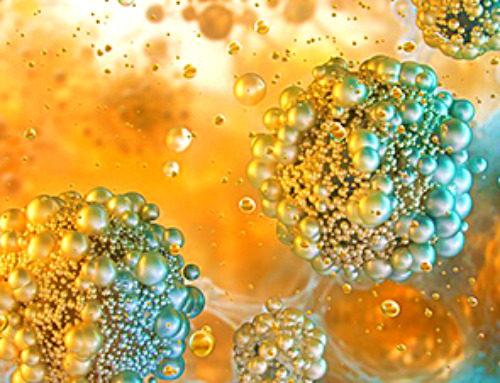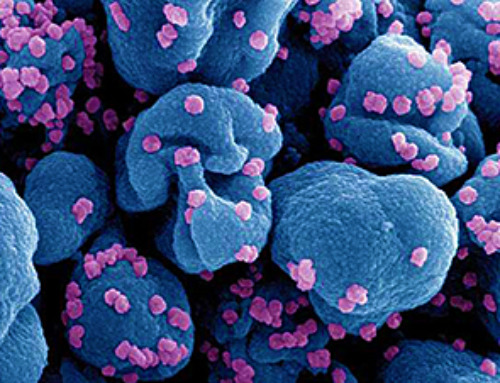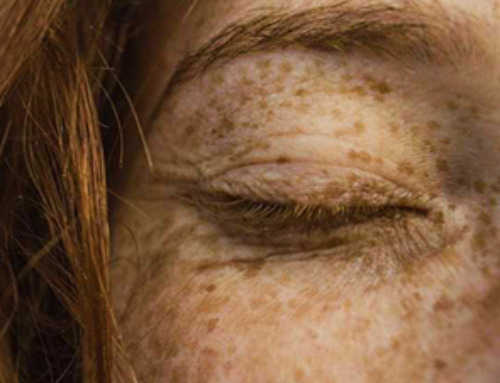A team of bioengineers and biomedical scientists from the University of Sydney and the Children’s Medical Research Institute (CMRI) at Westmead have used 3D photolithographic printing to create a complex environment for assembling tissue that mimics the architecture of an organ.
Using bioengineering and cell culture methods, the technique was used to instruct stem cells derived from blood cells or skin cells to become specialized cells that can assemble into an organ-like structure.
Similar to how the needle of a record player navigates the vinyl grooves to create music, cells use strategically positioned proteins and mechanical triggers to navigate through their intricate environment, replicating developmental processes. The team’s latest research employed microscopic mechanical and chemical signals to recreate the cellular activities during development.
Professor Hala Zreiqat said, “Our new method serves as an instruction manual for cells, allowing them to create tissues that are better organized and more closely resemble their natural counterparts. This is an important step towards being able to 3D print working tissue and organs.”
Dr. Newman said building tissues from cells required detailed instruction, not dissimilar to constructing a building from many different parts: “Imagine trying to build a Lego castle by randomly scattering the blocks on a table and hoping that they’ll fall into the correct place. Even though each block is designed to connect with others, without a clear plan, you’d likely end up with something that looks more like a large pile of disconnected Lego blocks rather than a castle.”
“The same can be said about building organs and tissues from cells: without specific instructions, the cells would likely group together unpredictably within the incorrect structures. What we’ve effectively done is create a step-by-step process that guides each building block to exactly where it should go and how it should connect with the others,” said Dr. Newman.
“In line with this approach, our recently published work applies a new 3D printing method to define instructions for cells that guide them into forming more organized and accurate structures. Through this, we’ve created a bone-fat assembly that resembles the structure of bone and an assembly of tissues that resemble processes during early mammalian development.”
Research into complex tissue and organ-like structures, known as organoids, helps researchers understand how organs develop and function and how diseases affecting the organ may be caused by genetic mutations and developmental errors. The knowledge gleaned from the study also enables the development of cell and gene therapy for diseases. The ability to generate the desired cell types further provides the capacity to produce clinically relevant stem cells for therapeutic purposes.
Professor Hala Zreiqat said, “Beyond understanding the intricate ‘instruction manual’ of life, this method has immense practical implications. For instance, in regenerative medicine, where there is a pressing need for organ transplants, further research using this approach may facilitate the growth of functional tissues in the lab. Imagine a future where the waitlist for organ transplants could be drastically reduced because we can generate such tissues in the lab that sufficiently resemble their natural counterparts.”
Dr. Newman said, “Moreover, this technology could revolutionize how we study and understand diseases. By creating accurate models of diseased tissues, we can observe disease progression and treatment responses in a controlled environment. We hope this could one day lead to more effective treatments and even cures for diseases that are currently hard to tackle.”
Professor Tam from CMR said, “In the past, stem cells were grown to generate many cell types, but we could not control how they differentiate and assemble in 3D.”
“With this bioengineering technology, we can now direct the stem cells to form specific cell types and organize these cells properly in time and space, thereby recapitulating the real-life development of the organ.”
The researchers are hopeful that the research will have the potential for treating vision loss caused by conditions such as macular degeneration and inherited diseases causing loss of retinal photoreceptor cells.
Professor Tam said, “If we can generate a patch of cells by bioengineering and see how the whole system functions, then we can investigate therapies that use functional cells to replace cells in the eye that were lost because of disease.”
“It would have great impact if we can deliver healthy cells into the eye. Regardless of whether the macula (the area of the retina responsible for central vision) had been lost due to inherited disease or because of trauma, the treatment would be the same.”
“The idea of treating rare genetic diseases and improving quality of life in this way is empowering. We expect that this work will lead to advanced therapies that can be moved into practice.”
The team will next focus on furthering the technique to advance the field of regenerative medicine and potentially new treatment approaches for many diseases.
News
Scientists Melt Cancer’s Hidden “Power Hubs” and Stop Tumor Growth
Researchers discovered that in a rare kidney cancer, RNA builds droplet-like hubs that act as growth control centers inside tumor cells. By engineering a molecular switch to dissolve these hubs, they were able to halt cancer [...]
Platelet-inspired nanoparticles could improve treatment of inflammatory diseases
Scientists have developed platelet-inspired nanoparticles that deliver anti-inflammatory drugs directly to brain-computer interface implants, doubling their effectiveness. Scientists have found a way to improve the performance of brain-computer interface (BCI) electrodes by delivering anti-inflammatory drugs directly [...]
After 150 years, a new chapter in cancer therapy is finally beginning
For decades, researchers have been looking for ways to destroy cancer cells in a targeted manner without further weakening the body. But for many patients whose immune system is severely impaired by chemotherapy or radiation, [...]
Older chemical libraries show promise for fighting resistant strains of COVID-19 virus
SARS‑CoV‑2, the virus that causes COVID-19, continues to mutate, with some newer strains becoming less responsive to current antiviral treatments like Paxlovid. Now, University of California San Diego scientists and an international team of [...]
Lower doses of immunotherapy for skin cancer give better results, study suggests
According to a new study, lower doses of approved immunotherapy for malignant melanoma can give better results against tumors, while reducing side effects. This is reported by researchers at Karolinska Institutet in the Journal of the National [...]
Researchers highlight five pathways through which microplastics can harm the brain
Microplastics could be fueling neurodegenerative diseases like Alzheimer's and Parkinson's, with a new study highlighting five ways microplastics can trigger inflammation and damage in the brain. More than 57 million people live with dementia, [...]
Tiny Metal Nanodots Obliterate Cancer Cells While Largely Sparing Healthy Tissue
Scientists have developed tiny metal-oxide particles that push cancer cells past their stress limits while sparing healthy tissue. An international team led by RMIT University has developed tiny particles called nanodots, crafted from a metallic compound, [...]
Gold Nanoclusters Could Supercharge Quantum Computers
Researchers found that gold “super atoms” can behave like the atoms in top-tier quantum systems—only far easier to scale. These tiny clusters can be customized at the molecular level, offering a powerful, tunable foundation [...]
A single shot of HPV vaccine may be enough to fight cervical cancer, study finds
WASHINGTON -- A single HPV vaccination appears just as effective as two doses at preventing the viral infection that causes cervical cancer, researchers reported Wednesday. HPV, or human papillomavirus, is very common and spread [...]
New technique overcomes technological barrier in 3D brain imaging
Scientists at the Swiss Light Source SLS have succeeded in mapping a piece of brain tissue in 3D at unprecedented resolution using X-rays, non-destructively. The breakthrough overcomes a long-standing technological barrier that had limited [...]
Scientists Uncover Hidden Blood Pattern in Long COVID
Researchers found persistent microclot and NET structures in Long COVID blood that may explain long-lasting symptoms. Researchers examining Long COVID have identified a structural connection between circulating microclots and neutrophil extracellular traps (NETs). The [...]
This Cellular Trick Helps Cancer Spread, but Could Also Stop It
Groups of normal cbiells can sense far into their surroundings, helping explain cancer cell migration. Understanding this ability could lead to new ways to limit tumor spread. The tale of the princess and the [...]
New mRNA therapy targets drug-resistant pneumonia
Bacteria that multiply on surfaces are a major headache in health care when they gain a foothold on, for example, implants or in catheters. Researchers at Chalmers University of Technology in Sweden have found [...]
Current Heart Health Guidelines Are Failing To Catch a Deadly Genetic Killer
New research reveals that standard screening misses most people with a common inherited cholesterol disorder. A Mayo Clinic study reports that current genetic screening guidelines overlook most people who have familial hypercholesterolemia, an inherited disorder that [...]
Scientists Identify the Evolutionary “Purpose” of Consciousness
Summary: Researchers at Ruhr University Bochum explore why consciousness evolved and why different species developed it in distinct ways. By comparing humans with birds, they show that complex awareness may arise through different neural architectures yet [...]
Novel mRNA therapy curbs antibiotic-resistant infections in preclinical lung models
Researchers at the Icahn School of Medicine at Mount Sinai and collaborators have reported early success with a novel mRNA-based therapy designed to combat antibiotic-resistant bacteria. The findings, published in Nature Biotechnology, show that in [...]





















